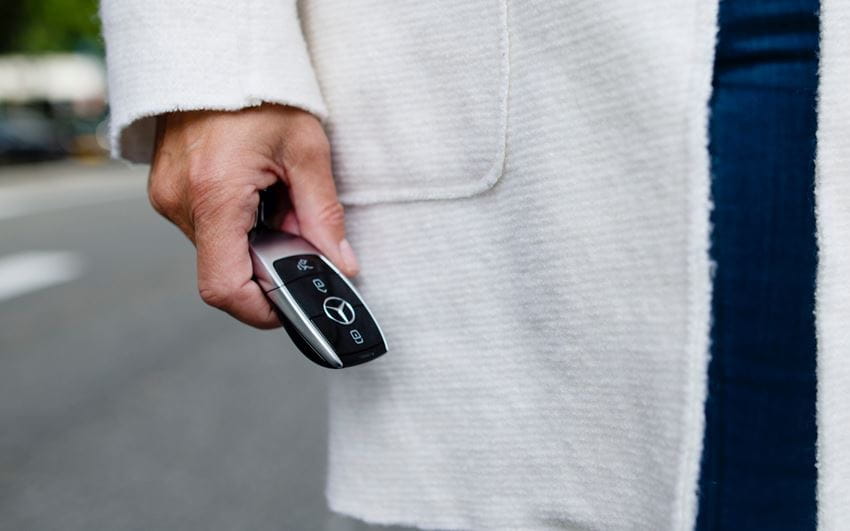How does your lease contract end?
As you are used to with LeasePlan, the process of returning vehicles at the end of the contract is handled as professionally as possible. This results in a transparent service for customers who lease or take over a LeasePlan vehicle. And to ensure that everything goes smoothly, LeasePlan has drawn up a set of minimum standards with regard to the condition in which every lease car must be returned.
At the end of a lease contract, the driver must hand in the car for a detailed and independent inspection. This takes place in a LeasePlan Car Remarketing centre in collaboration with SGS Automotive. The driver may decide to take the car to the centre, but in the majority of cases we'll come and pick up the vehicle, so that it's less time-consuming. We would recommend that you first consult with your fleet manager to be sure about the right procedure.
Transparent reporting
SGS prepares a report for each vehicle. This appraisal report lists any damage considered outside the scope of normal wear and tear. This is determined on the basis of the standards drawn up by LeasePlan. The report contains a description of the identified abnormal damage: the type of damage, the severity and the costs for repairing the damage. The report translates these repair costs into a capital loss, while taking into account the mileage and the age of the vehicle. It is all completely transparent, as the individual report is then made available to the lease customer in question and to potential buyers of the vehicle. This results in a huge pile of reports, when you consider that LeasePlan Car Remarketing in Boortmeerbeek sells no fewer than 12,000 fresh ex-lease cars every year.
Acceptable and non-acceptable damage
Of course, it's difficult to describe every kind of possible damage, but we can try to prepare you as much as possible, so that you have a better idea of the minimum standards which lease return vehicles must satisfy. It's important to bear in mind that the appraisal greatly depends on the age and mileage of the vehicle. On the other hand, irrespective of these parameters, certain cracks or damage are deemed non-acceptable. This can include missing parts or broken glass.
If you would like a more detailed breakdown of what constitutes acceptable and non-acceptable damage to the various parts (such as the exterior, interior, glass & lamps, tyres & rims, etc.), simply go to our website: > ‘Useful information for drivers’ > ‘End of contract’. Here you can find many other interesting facts about your lease car.
Tips for assessing your vehicle before returning it
Make sure the vehicle is clean
On the day you return the car, both the interior and exterior should be clean. This avoids you being charged for non-acceptable marks in the interior, for instance.
Inspect your vehicle objectively
If you want to see for yourself whether your vehicle has any potential non-acceptable damage, it's best to do so outside where it is bright but shady and not in strong sunlight.
Check for any dents
It is best to check for any dents by inspecting each panel of your vehicle separately. For example, start with the roof, then check the bonnet and continue systematically until you've looked at every panel individually. If you're still wondering whether certain damage may or may not be acceptable, you should consult the information which is available on our website.
Be thorough
Drivers usually inspect the bodywork carefully, but sometimes forget to check the headlights, wing and rear mirrors and the windscreen. Remember that the roof might also be damaged, for example, as a result of hail.



